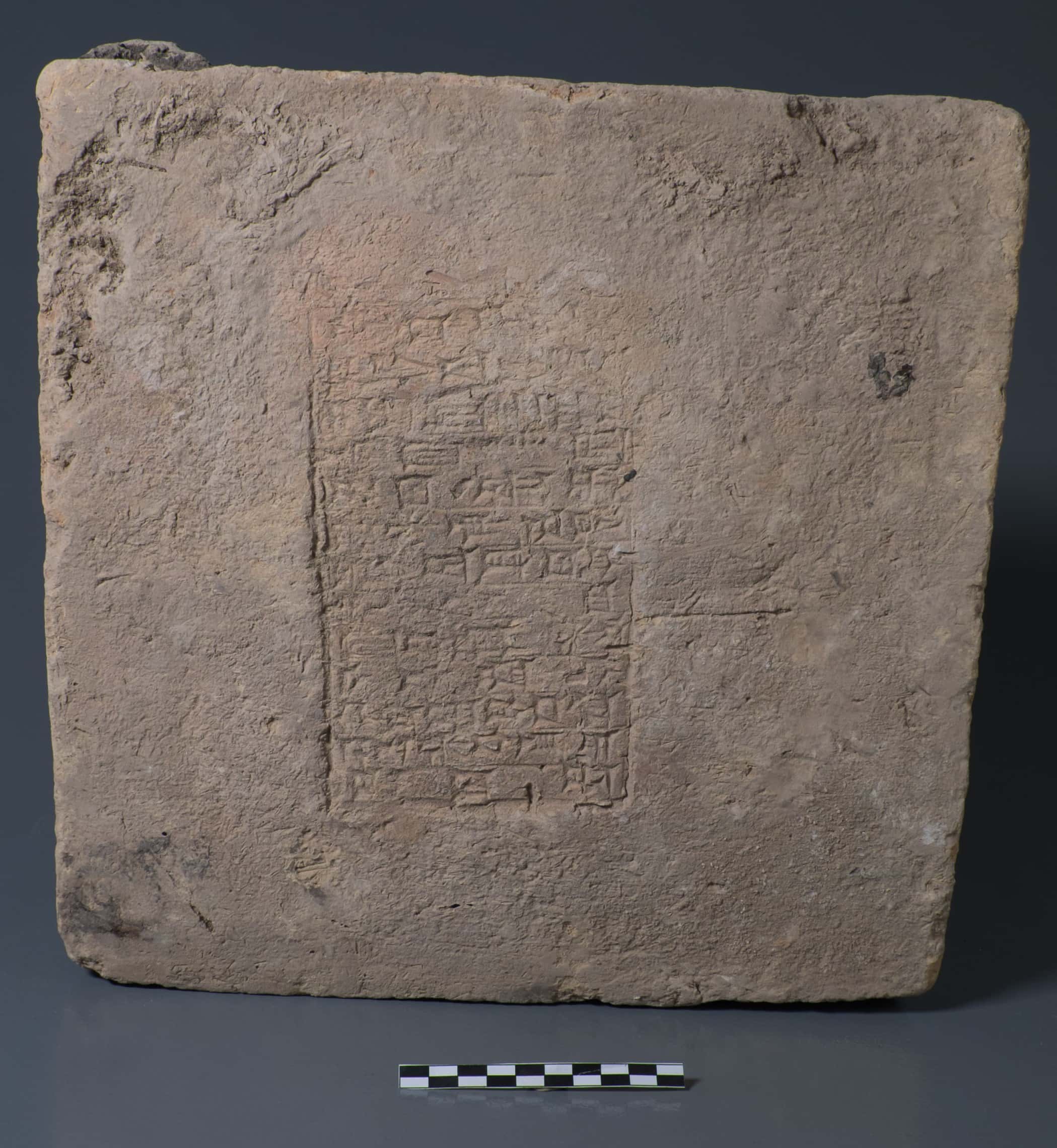Engravings on ancient bricks bearing the names of Mesopotamian rulers have shed some light on a puzzling irregularity in Earth’s magnetic field 3,000 years ago. Researchers described how changes in the magnetic field were imprinted on the bricks and have determined the time periods of these changes by using the names of the kings inscribed on the bricks.

The researchers hope that using “archaeomagnetism,” a technique that looks for signatures of the Earth’s magnetic field in archeological items, will improve our understanding of the history of Earth’s magnetic field and can help to date artifacts that they previously couldn’t. “This work now helps create an important dating baseline,” study co-author Prof. Mark Altaweel, said in a news release.
The Earth’s magnetic field weakens and strengthens as time passes. This leaves a distinct signature on hot minerals, which are sensitive to the magnetic field. The team analyzed the magnetic signature in grains of iron oxide minerals embedded in 32 clay bricks from archaeological sites in Mesopotamia. At the time the bricks were made (by firing), the magnetic field would have imprinted on them.
At the time, thousands of years ago, each brick was inscribed with the name of the reigning king which archaeologists have dated to a range of possible timespans. Collectively, the recorded names from known historical periods and the magnetic strength of the iron oxide particles provided a historical chart depicting fluctuations in the strength of Earth’s magnetic field.
The researchers confirmed the existence of the “Levantine Iron Age geomagnetic Anomaly,” a period from 1050 to 550 BCE when Earth’s magnetic field exhibited unusual strength around modern Iraq for unclear reasons. While evidence of the anomaly has been identified in China, Bulgaria, and the Azores, data from the southern part of the Middle East itself has been limited.
To measure the iron oxide grains, the team chipped fragments from broken faces of the bricks and used a magnetometer to measure the fragments. “By comparing ancient artefacts to what we know about ancient conditions of the magnetic field, we can estimate the dates of any artifacts that were heated up in ancient times,” study author Dr. Matthew Howland said in a news release.
This data gives archaeologists a new tool to help date ancient artifacts. The magnetic strength of iron oxide grains in fired items can be measured and matched up to the known strengths of Earth’s historic magnetic field. This offers greater specificity than radiocarbon dating, which can only narrow down an artifact’s age to within a few hundred years, the researchers said.
Another benefit of archaeomagnetism is that it can help historians more precisely pinpoint the ruling periods of some ancient kings that have been somewhat ambiguous. While the durations of their reigns are well known, there’s been disagreement between archaeologists about the years that they took the throne due to incomplete historical records.
“The well-dated archaeological remains of the rich Mesopotamian cultures, especially bricks inscribed with names of specific kings, provide an unprecedented opportunity to study changes in the field strength in high time resolution, tracking changes that occurred over several decades or even less,” Lisa Tauxe, study author, said in a news release.
The study was published in the journal PNAS.






